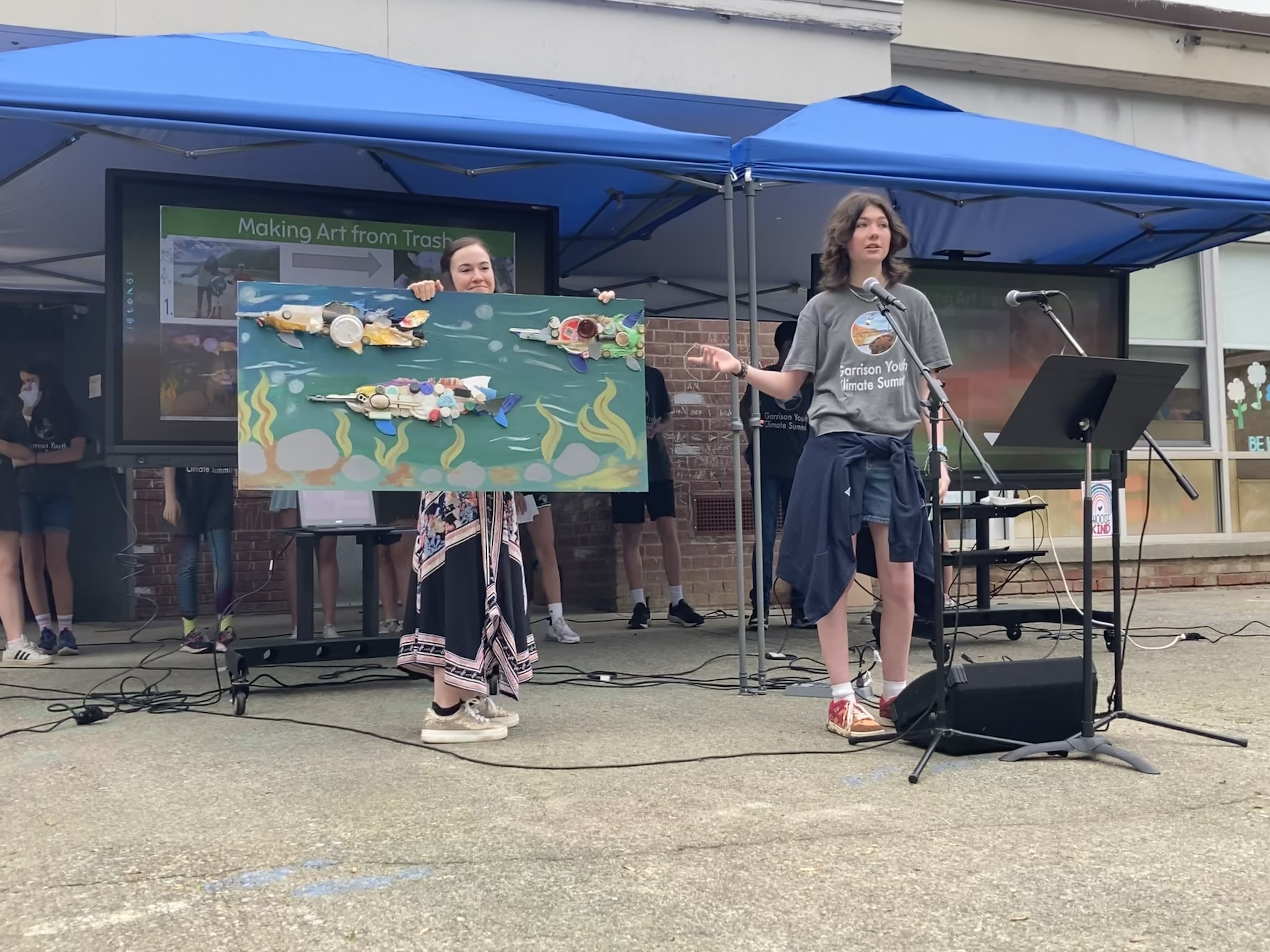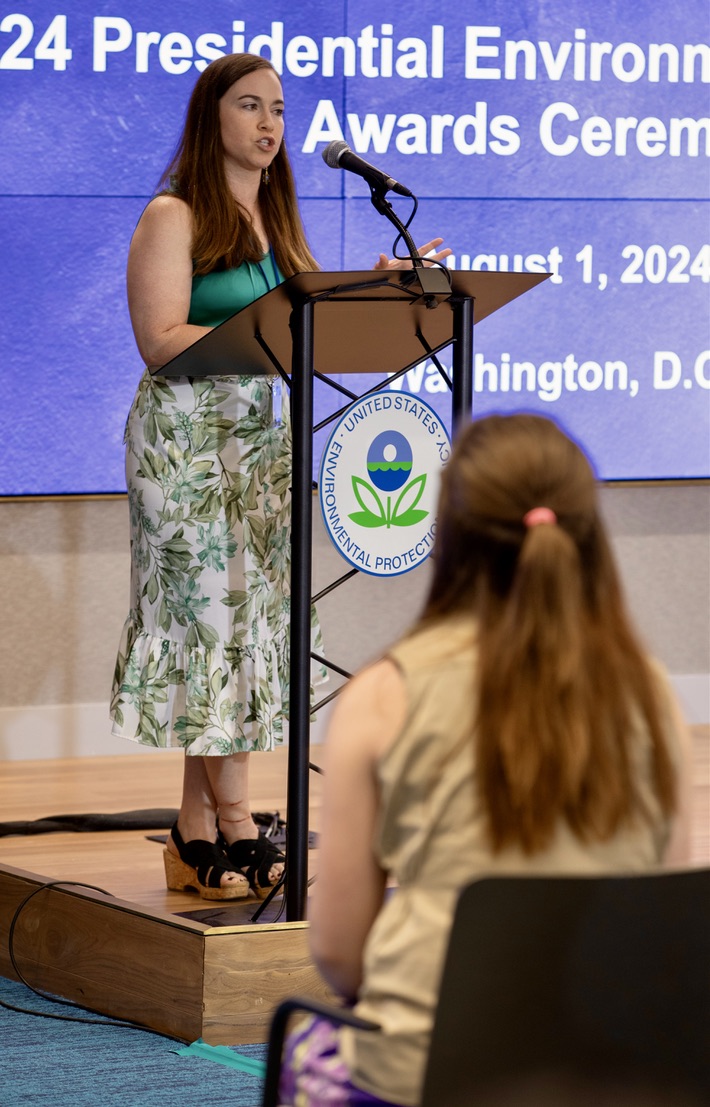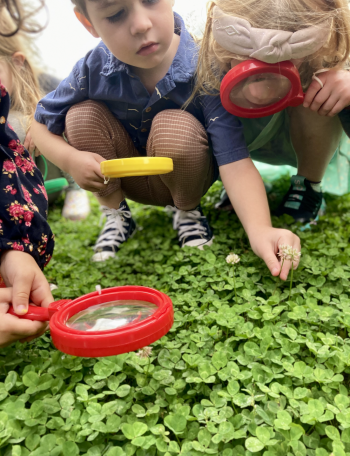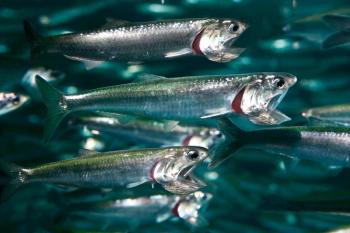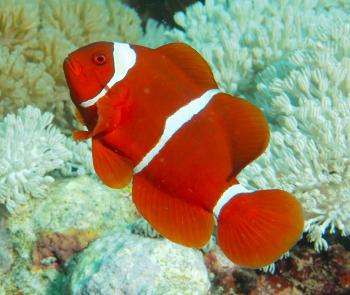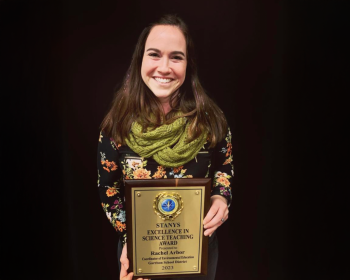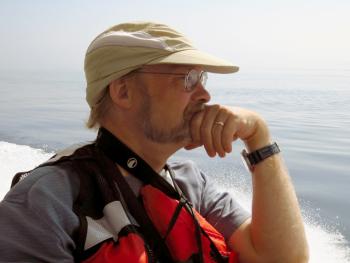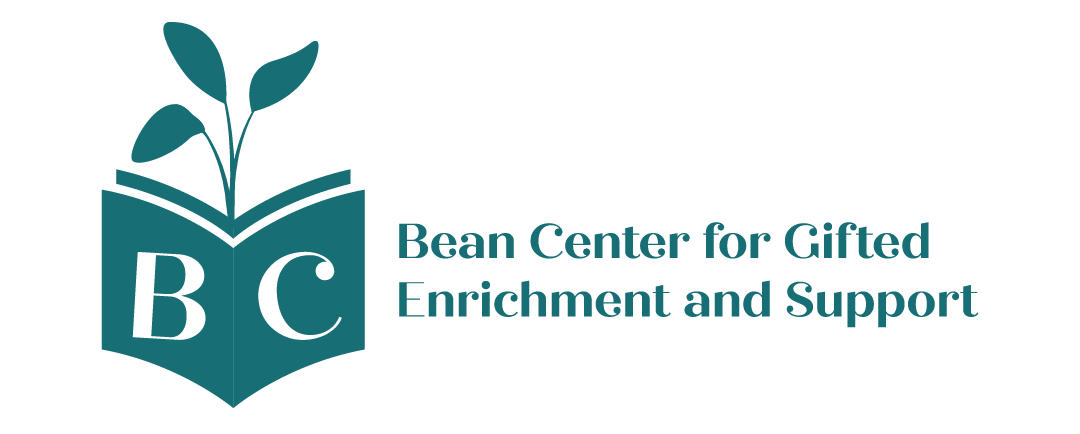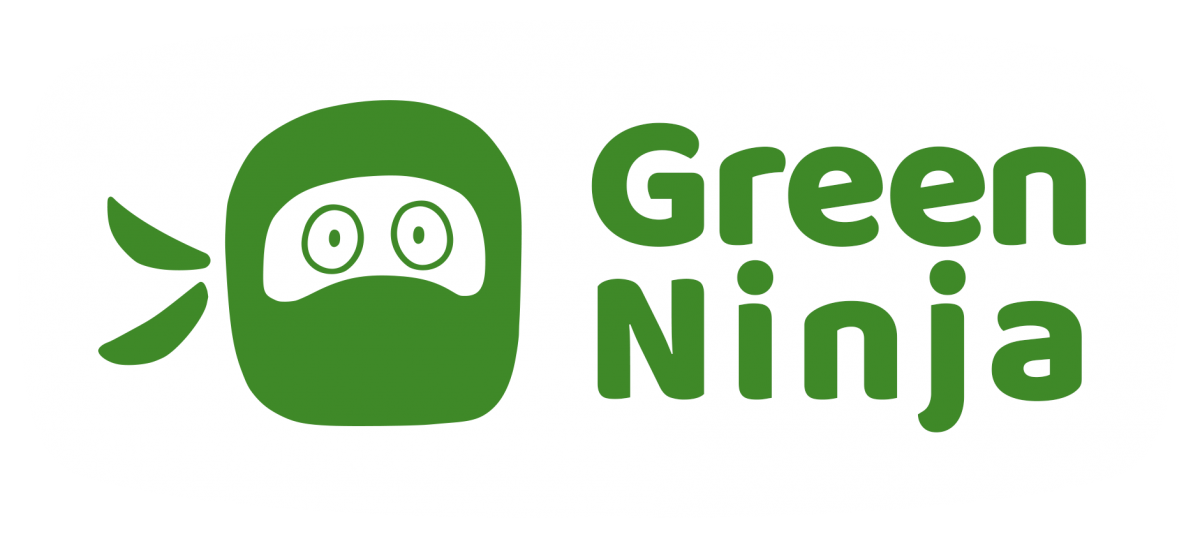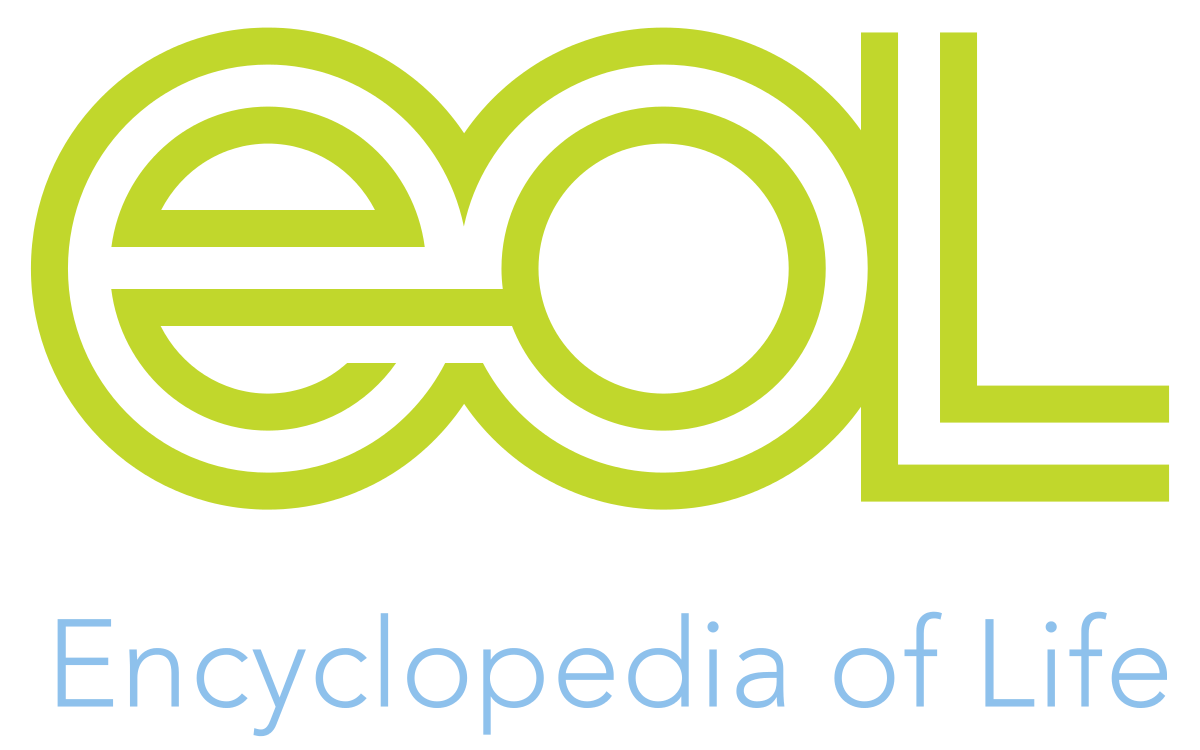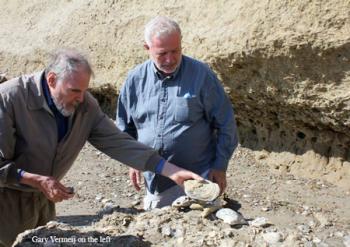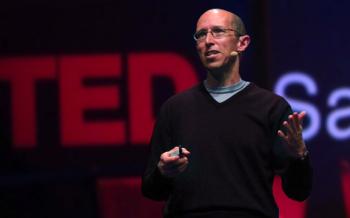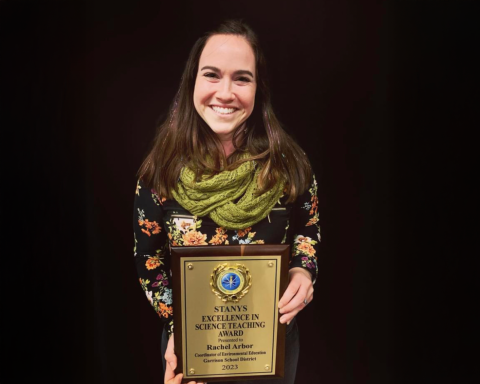
“In surveying educators across the nation, I found a consistent message: teachers want to teach environmental literacy and climate content but lack the resources and training to do it confidently. Gaia Scholastic exists to bridge that gap.”
Like so many successful teachers, a great teacher inspired Rachel. Rachel grew up in NY, where “I was lucky to learn from my high school AP Environmental Science teacher. He taught me how to be a scientist: to explore, to be curious, and to develop the skills and resources to answer my own questions.
Rachel started her career by leading backpacking trips for students at a science camp in the Rocky Mountains, blending science, adventure, and fun. Then, she became a research-practitioner, following her mentor’s footsteps: she studied whale sharks in Baja, California, and conducted hands-on research on microplastics and Giant Tortoises with local scientists in the Galapagos. She then became a formal classroom science teacher, translating field experiences into the content she taught.
“Offering students meaningful opportunities to connect with nature has always been at the heart of my work,” said Rachel.
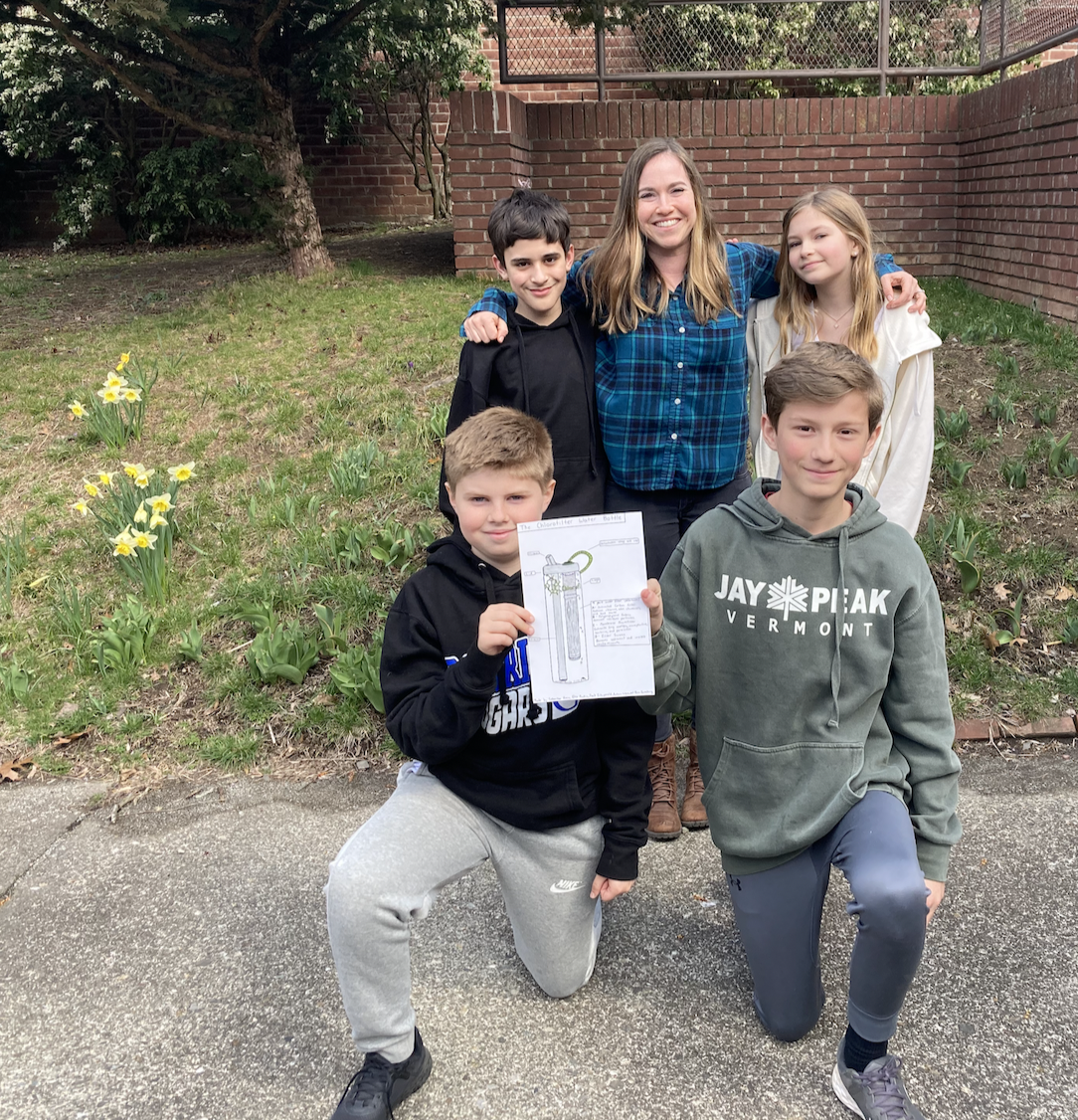
Rachel is the CEO & Founder of Gaia Scholastic. Founded by educators, for educators, Gaia Scholastic creates project-based curricula that center student voice, honor Indigenous ecological knowledge, and foster a deep relationship through sense of place. From climate-ready classrooms to hands-on field investigations. Gaia Scholastic work supports teachers in making environmental learning accessible, standards-aligned, and transformative.
Gaia Scholastic, believes that every child deserves an education rooted in wonder, connection, and purpose. They design interdisciplinary learning experiences that weave together environmental literacy, civic engagement, and storytelling: empowering young people to understand the world around them and act within it.
When asked what success looks like for Gaia Scholastic, Rachel responded, “success at Gaia Scholastic means students and teachers leave our programs feeling more connected to nature, and more empowered to care for it. That sense of connection is the foundation of environmental stewardship and drives everything we do.”
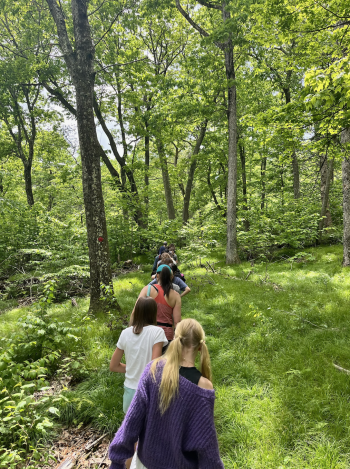
Researching What Makes Kids Connect
The inspiration for Gaia came from research Rachel conducted in a middle school English Language Arts classroom during the height of the COVID-19 pandemic. She wanted to understand the impact of interdisciplinary environmental literacy—specifically, nature journaling—on students’ emotional well-being.
Rachel designed an independent, outdoor nature journaling activity tied to ELA, Art, Science, and Social Studies standards. The prompts were intentionally broad, so teachers in any classroom could use them if they were interested in implementing this type of learning experience in their own classrooms.
Rachel’s research showed statistically significant improvements in mood, reduced stress, stronger connections to themselves and others, and a clearer understanding of their role in the environment. Revealing that students need this kind of integrated, nature-based learning, as often as possible.
The Science of Teaching Climate Change and What Teachers Want
Then Rachel expanded the research by surveying educators nationwide and found a consistent message: teachers want to teach environmental literacy and climate content but lack the resources and training to do it confidently.
Gaia Scholastic exists to bridge that gap. “Our vision is to make environmental literacy accessible across disciplines by providing the Professional Development and curricular support educators need,” shared Rachel.
When to Start Learning About Climate Change
While Gaia Scholastic believes you can never be too young to learn about the environment and build a deep connection to nature, climate change is typically introduced in the fourth grade. “At that stage, kids are developmentally ready to grapple with cause and effect and are eager to make a difference,” said Rachel.
“The issues that resonate most are those with visual impact: wildfires, flooding, extreme weather, or habitat destruction. At Gaia, we emphasize local versions of these global challenges so students can recognize what is happening in their own backyards and feel empowered to take concrete action. The intersection of wildlife loss and human impact is often what grabs their attention first—and becomes a launching point for deeper climate learning and civic engagement,” shared Rachel.
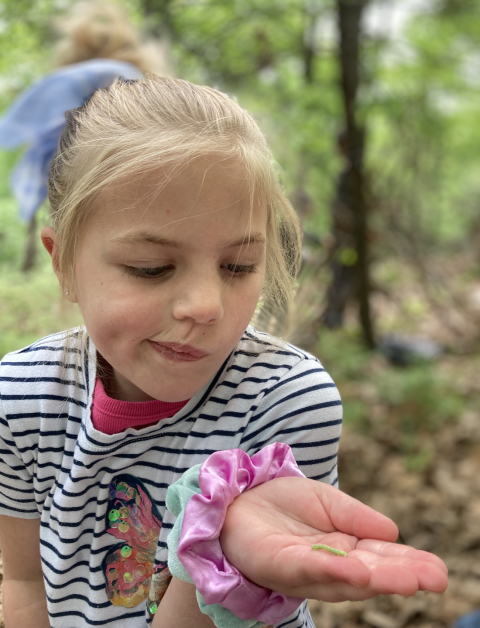
Where Climate Change is Taught
States like New Jersey, Connecticut, California, Washington, Maine, and Illinois have taken the lead by mandating climate education standards across K–12. The mandates range from topics like environmental science to civic responsibility and are driving exciting shifts in how schools approach teaching.
“In today’s educational and political climate, teachers need more than just encouragement; they need tangible, accessible resources that meet them where they are. With increasing resistance to science education and widespread climate denial, the most effective support we can offer is grounded in empowerment through education,” said Rachel.
Beyond Gaia, Rachel also serves as the New York State Lead for SubjectToClimate, a nonprofit offering free, classroom-ready climate resources. All materials are created by teachers, vetted by climate scientists, and designed to align with SEL, climate justice, and cross-curricular integration. Their goal is to ensure that no teacher feels alone in this work, especially in a time when education budgets are tight and the need for meaningful, transformative teaching has never been greater.
Youth Climate Summits
One of Rachel’s favorite parts about Gaia Scholastic are Youth Climate Summits. She organized over 1,000 students, educators, and community members to come together to explore sustainability through hands-on workshops, expert panels, and student-led presentations. Topics ranged from sustainable fashion and architecture to GIS, Electric Vehicles, and environmental justice, showing that climate action can take many forms and plays a role in every career.
Gaia’s motto is “turning climate anxiety into climate action” and there is no better forum to see this transformation than at a Summit, where students become leaders.
Youth Summits show what’s possible when students are trusted to lead. Community cleanups, clothing swaps, or other local sustainability initiatives create practical entry points for schools to engage in environmental work. They serve not only as highlights for student learning, but also as platforms for broader collaboration and community-building and career modeling.
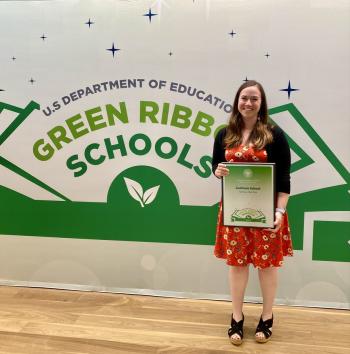
Where Teachers Find Gaia Scholastic
Most educators and education leaders find Gaia Scholastic through conferences, workshops, and live presentations.
Gatherings like SXSW EDU, administrative conferences like Deeper Learning NY, or partnering with pre- and in-service teachers through established institutions like Columbia Teachers College, Rutgers and Harvard University, allow teachers to connect through real-world learning that can be replicated in their classrooms.
“At Gaia, we believe that climate-literate students start with climate-literate educators—and every connection we make moves us closer to that goal,” shared Rachel.
